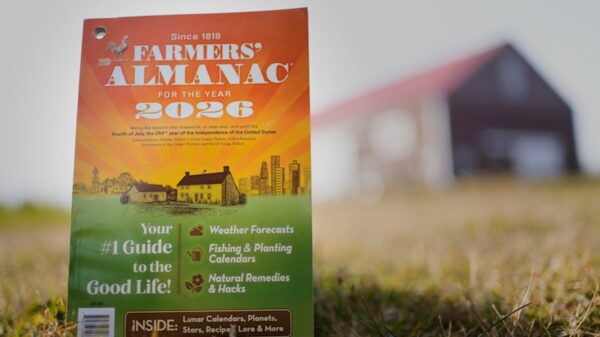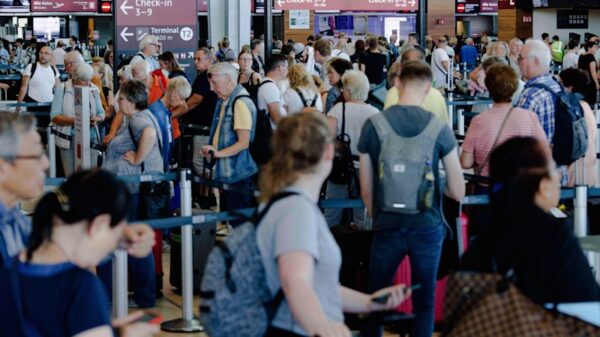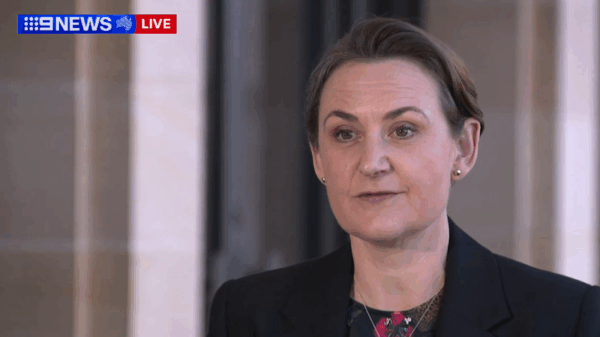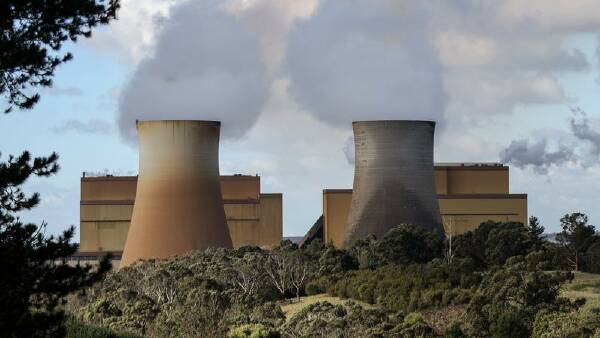Tasmania has witnessed a significant increase in building approvals, reaching a two-year high. In September 2025, the Australian Bureau of Statistics reported that the state approved 221 new dwellings, marking an 11 percent rise compared to the same month the previous year. This surge in approvals raises important questions about the future of development in the region.
The ABS data indicates that the municipalities of Clarence, Launceston, and Glenorchy have been at the forefront of this growth. Between the 2020-21 and 2024-25 financial years, these councils collectively approved over 1,000 new dwelling units, with Clarence leading the way at 1,935 approvals, followed by Launceston with 1,383, and Glenorchy with 1,008.
Understanding the Context of Growth
Michael Kerschbaum, the interim executive director at the Property Council of Australia’s Tasmania division, highlighted the expected nature of this trend. He noted that Launceston, being the largest municipality in terms of population, would naturally have a significant number of approvals. “In general terms, you would expect Launceston to have most of the approvals,” he stated.
This recent rise in building approvals follows a period of heightened activity during the COVID-19 pandemic, which saw a spike in demand for housing. However, Kerschbaum pointed out that the population growth rate in Tasmania has slowed, with a mere 0.22 percent increase in 2024, equating to about 1,267 people. Despite this slowdown, he cautioned that demand can quickly shift. “You can quickly go from fairly low figures to fairly high figures,” he explained, suggesting that changes elsewhere could lead to another surge in demand.
Housing Minister Kerry Vincent responded positively to the year-on-year growth, stating it was a step in the right direction and would “encourage further investment in training and employment.” Yet, he acknowledged the need for land to be ready for development, which remains a challenge.
Future Planning and Infrastructure Needs
In Launceston, the council has approved the creation of 1,085 new residential lots over the past five financial years, primarily in the suburbs of St Leonards and Youngtown. While these approvals pave the way for new homes, Michael Purves, president of the Planning Institute of Australia’s Tasmania division, emphasized the importance of planning for future growth. “We’ve really seen the uptake of land that was zoned and ready to go for suburban development,” he stated.
To accommodate future demands, Purves stressed the necessity of planning for infrastructure and service delivery. This includes not just roads and utilities, but also parks, schools, and recreational areas. Kerschbaum echoed this sentiment, advocating for a more efficient planning process for large-scale subdivisions to alleviate the burdens on property owners.
“It’s not uncommon to have a five to seven year lag between when an application is first launched for a subdivision and when the first house is built,” he said. The delay in approvals can lead to increased costs and uncertainty for developers, making it crucial for local governments to streamline the planning process.
As Tasmania navigates this new phase of development, the focus must remain on proactive planning to ensure that both current and future needs are met. The rise in building approvals presents an opportunity for growth, but it also carries the responsibility of preparing for the infrastructure demands that will accompany it.


































































